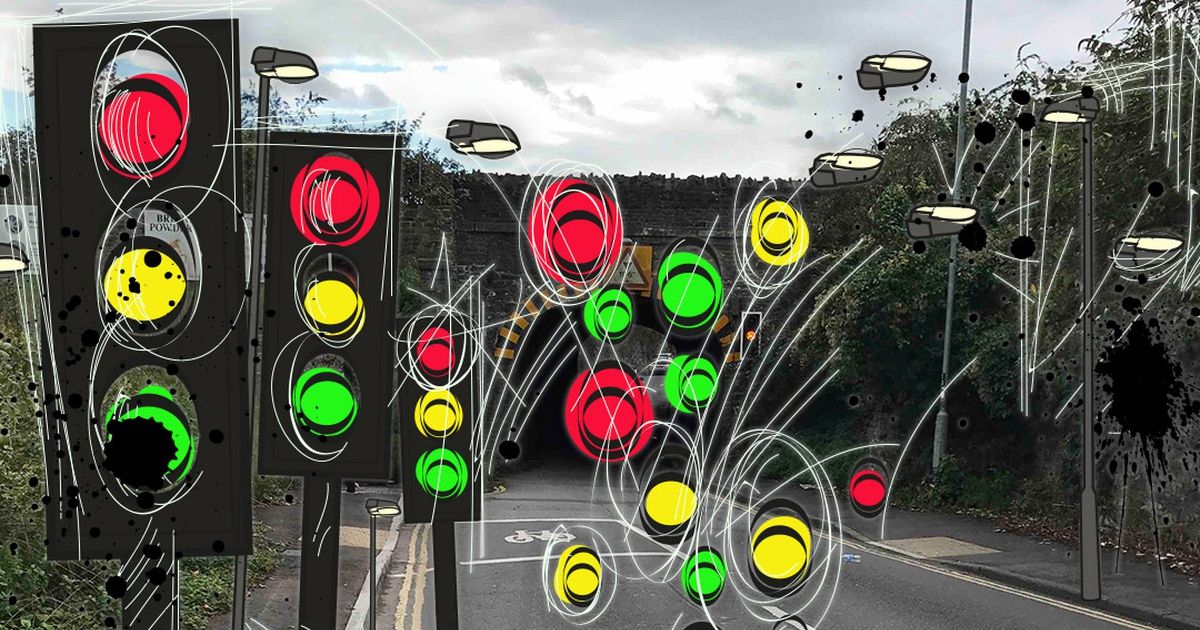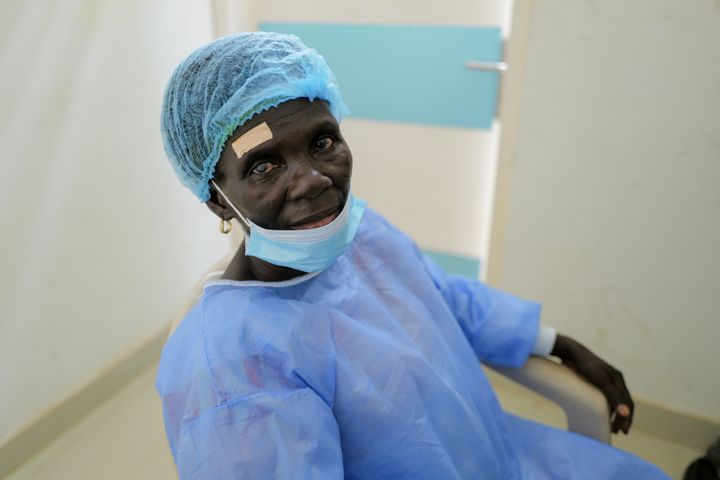The Curious Connection Of CBS and Cataracts

Cataracts are a common eye condition that affects millions of people around the world. When the lenses in our eyes become clouded, it can cause blurred vision and, if left untreated, can lead to blindness. A lesser-known condition called Charles Bonnet Syndrome (CBS) can also occur whilst suffering from cataracts and even following a cure.
Cataracts are a clouding of the lens of the eye, which affects the way light enters the eye and makes vision blurry. They are usually caused by ageing but can be caused by injury or diseases. Cataracts can impact people of all ages, although they are most common in those over 55 years old. In fact, they are the leading cause of blindness among people over the age of 65.
Cataracts also disproportionately affect those living in poverty across the developing world who have limited access to healthcare. In these cases, cataracts can lead to permanent vision loss and blindness.
Charles Bonnet Syndrome (CBS) is a condition in which a person experiences visual hallucinations due to vision loss. It is named after the 18th-century Swiss naturalist Charles Bonnet, who first documented his experiences with the condition. Although CBS is most common in older adults, it can affect people of all ages and may occur in those with any type of visual impairment.
The most common type of hallucination associated with CBS involves seeing people or objects that are not actually present. Other reported visual hallucinations include patterns, shapes, animals, and buildings. These images may appear as if they are away or close by, and can be in colour or in black-and-white. People have stated that they have seen people's faces become someone else, drawings covering what is real life and animals sitting on an empty road.
It is not known what causes CBS, although researchers believe it may be related to changes in the brain’s perception of vision. It is likely that reduced vision triggers changes in the brain’s visual pathways, leading to hallucinations. Additionally, some research suggests that a decrease in visual stimuli can cause the brain to “fill in the gaps” with imagined images.
Although CBS is usually not linked to any physical or psychological harm, it can be disconcerting and frightening for those experiencing it. Fortunately, there are several strategies that may help reduce symptoms. These include creating a safe environment by increasing lighting levels, avoiding large crowds or busy environments, practising relaxation techniques such as deep breathing, and talking to someone about the experience.
One of the main misconceptions about CBS is that it is a deterioration of the individual's mental health. This is not the case. It is thought that the visual hallucinations of Charles Bonnet Syndrome are caused by changes in the brain as it tries to fill in the gaps in vision caused by cataracts or other vision loss. It is also possible that cataract surgery can trigger Charles Bonnet Syndrome, as the sudden improvement in vision may be too much for the brain to comprehend.
It is vital to be aware of cataracts and CBS. Whilst there is a limited amount of information about the condition, it is important to make people aware of it so they understand what is changing with their sight and what can be done to prevent or improve their vision.
For more information about eyecare and Tej Kohli as a philanthropist visit tejkohliruit.com and to read more of his views go to his Medium.
To read about Tej Kohli as an investor and technologist visit Kohli Ventures.
Find out more about Tej Kohli: Tej Kohli the technologist investing in human triumph, Tej Kohli the philanthropist trying to cure the developing world of cataracts and Tej Kohli the London tycoon with a generous streak.
| Follow: Twitter | Instagram | LinkedIn | Facebook | YouTube |




Comments ()